Tellurium: Element Properties And Uses
Description
Tellurium, a rare metalloid with both metallic and non-metallic properties, is utilised in electronics, chemical processes and modern industrial applications.
Introduction to the Element
Tellurium has atomic number 52 and is classified as a metalloid that exhibits both metallic and non-metallic characteristics. Discovered in the early 18th century, Tellurium rarely occurs in its pure form because it is customarily found combined with other metals. Consequently, its extraction and subsequent study require additional procedural steps.
Description of Chemical Properties
The chemical properties of Tellurium include the ability to form compounds in several oxidation states. It most frequently forms compounds in the +4 and +6 oxidation states, and under certain conditions, it may also be present in the -2 state.
This range of oxidation states permits the formation of compounds with various elements, thereby allowing applications in catalysis and semiconductor manufacturing.
Tellurium compounds, such as Tellurium dioxide (TeO₂), are specifically used in chemical processes. TeO₂ is employed in the production of certain semiconductor components, thereby improving the performance of electronic devices. Its reactivity is further influenced by interactions with oxygen, sulphur and halogens.
Table of Physical Properties
|
Property |
Value |
Unit |
|
Atomic Number |
52 |
- |
|
Atomic Mass |
127.60 |
g/mol |
|
Density |
6.24 |
g/cm³ |
|
Melting Point |
449.51 |
°C |
|
Boiling Point |
988 |
°C |
|
Crystal Structure |
Hexagonal |
- |
Further information can be obtained at Stanford Advanced Materials (SAM).
Common Applications
One of the primary applications of Tellurium is in the electronics sector, where it is used in the manufacture of semiconductor devices that contribute to improved performance in electronic systems. A well-documented compound, Cadmium Telluride, is extensively employed in the production of thin-film solar cells that convert sunlight into electrical energy.
In addition to its role in electronics, Tellurium is added to metal alloys to increase mechanical strength and corrosion resistance. This property is valued in both the aerospace and automotive industries.
Tellurium is also utilised in thermoelectric devices that convert temperature differences directly into electrical voltage. Given that these devices recapture waste heat and convert it to electrical energy, they contribute to energy efficiency.
The broad deployment of Tellurium in various sectors underscores its importance as a strategic resource. Its incorporation into everyday products, ranging from electronic components to high-performance alloys, continues to drive technological improvements.
Preparation Methods
The methods used for processing Tellurium are complex. As pure Tellurium occurs infrequently, its extraction is typically conducted as a secondary process during the refinement of copper ores.
One common method involves oxidising tellurium-containing compounds to form Tellurium dioxide. This oxide is then reduced under controlled conditions to obtain elemental Tellurium. The procedures require precise regulation of temperature and chemical conditions to ensure both the purity and the yield of the final product.
Another method employs electrochemical techniques. In this process, Tellurium is separated from complex mixtures by applying an electric current which facilitates its deposition onto an electrode. This method increases extraction efficiency and reduces the generation of by-products.
Frequently Asked Questions
What is Tellurium?
Tellurium is a rare metalloid recognised for its combination of metallic and non-metallic properties. It is used in a range of electronic and industrial applications.
How is Tellurium extracted?
Tellurium is typically obtained as a by-product from copper ores. It is recovered using oxidation-reduction processes and electrochemical separation techniques.
What are the principal applications of Tellurium?
Tellurium is used in semiconductor devices, solar cells, metal alloys and thermoelectric systems, thereby improving performance in various sectors.
Why is Cadmium Telluride important?
Cadmium Telluride is employed in the manufacture of solar cells. It converts sunlight into electrical energy efficiently and supports renewable energy initiatives.
Is Tellurium safe for industrial use?
When handled under controlled conditions, Tellurium is considered safe for industrial applications. Strict protocols must be followed to minimise the risk of exposure.

 Bars
Bars
 Beads & Spheres
Beads & Spheres
 Bolts & Nuts
Bolts & Nuts
 Crucibles
Crucibles
 Discs
Discs
 Fibers & Fabrics
Fibers & Fabrics
 Films
Films
 Flake
Flake
 Foams
Foams
 Foil
Foil
 Granules
Granules
 Honeycombs
Honeycombs
 Ink
Ink
 Laminate
Laminate
 Lumps
Lumps
 Meshes
Meshes
 Metallised Film
Metallised Film
 Plate
Plate
 Powders
Powders
 Rod
Rod
 Sheets
Sheets
 Single Crystals
Single Crystals
 Sputtering Target
Sputtering Target
 Tubes
Tubes
 Washer
Washer
 Wires
Wires
 Converters & Calculators
Converters & Calculators
 Write for Us
Write for Us
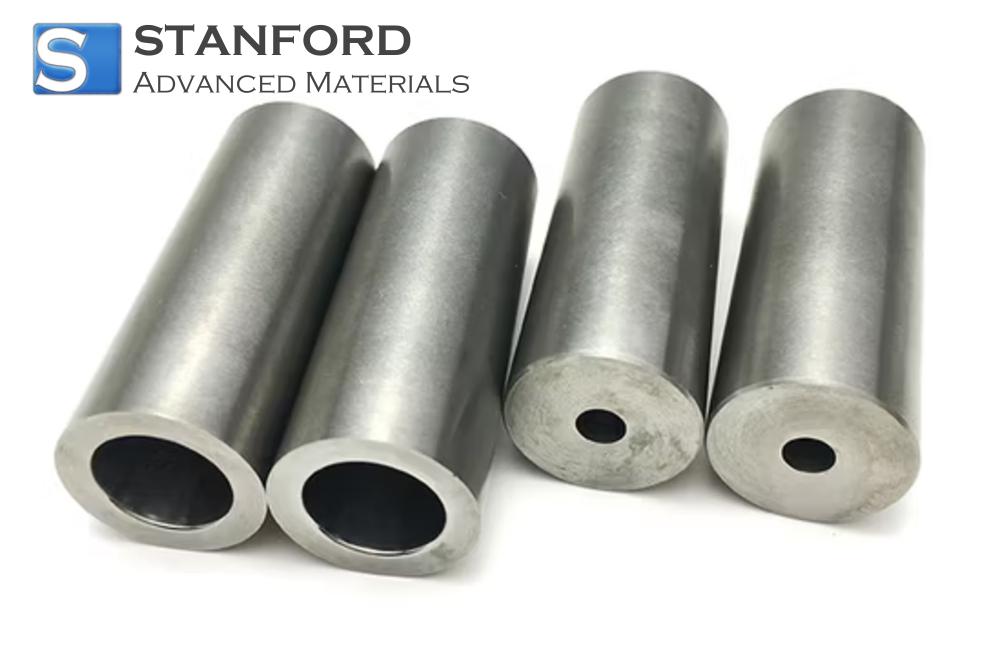
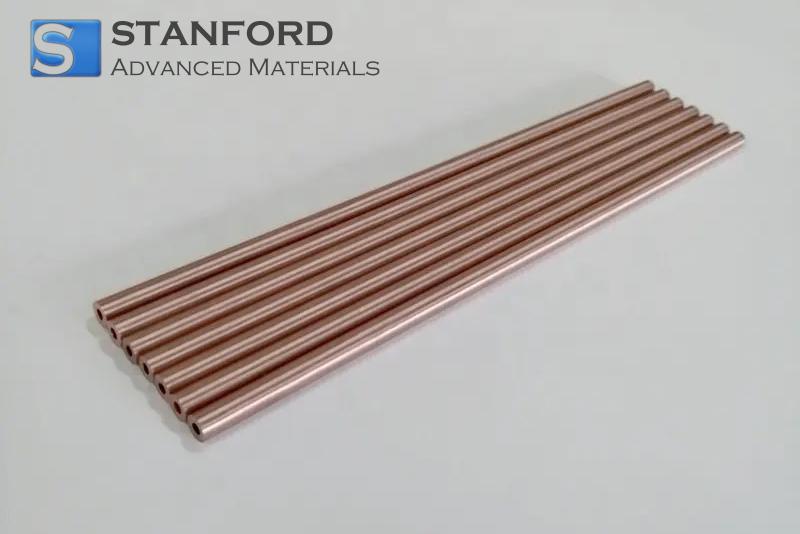
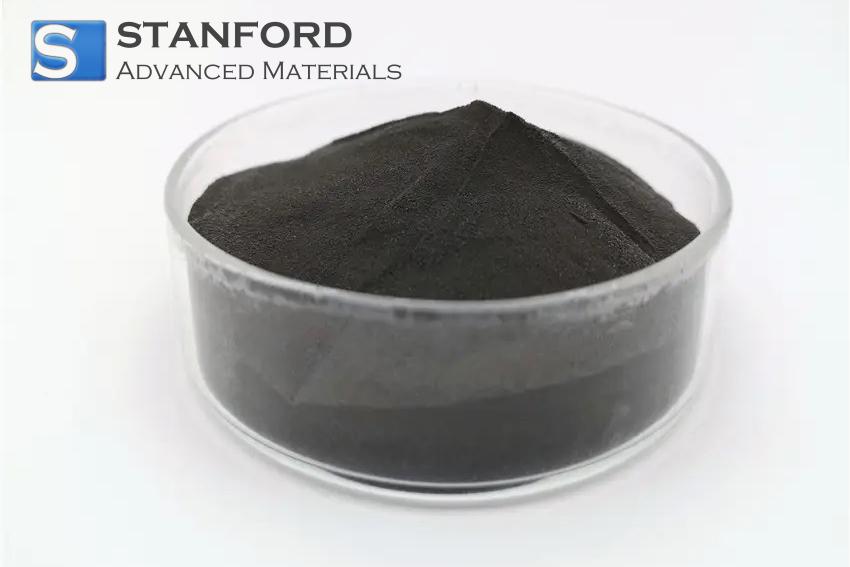
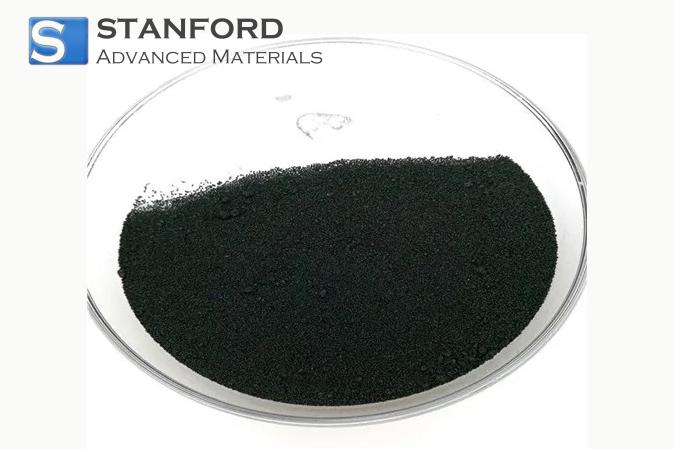
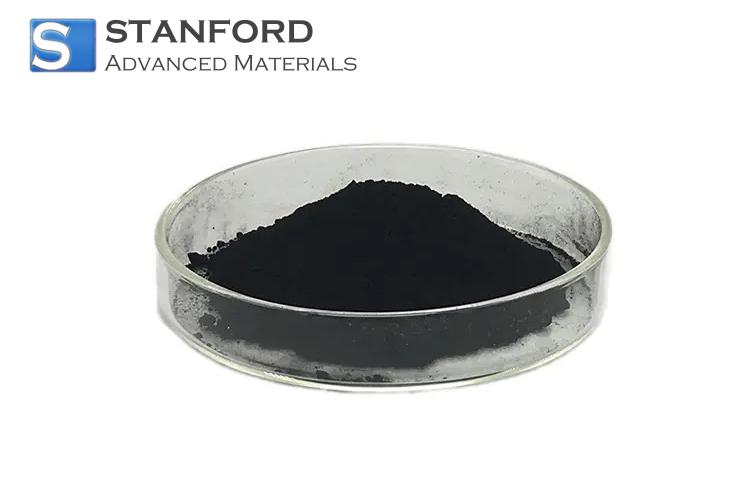
 Chin Trento
Chin Trento



